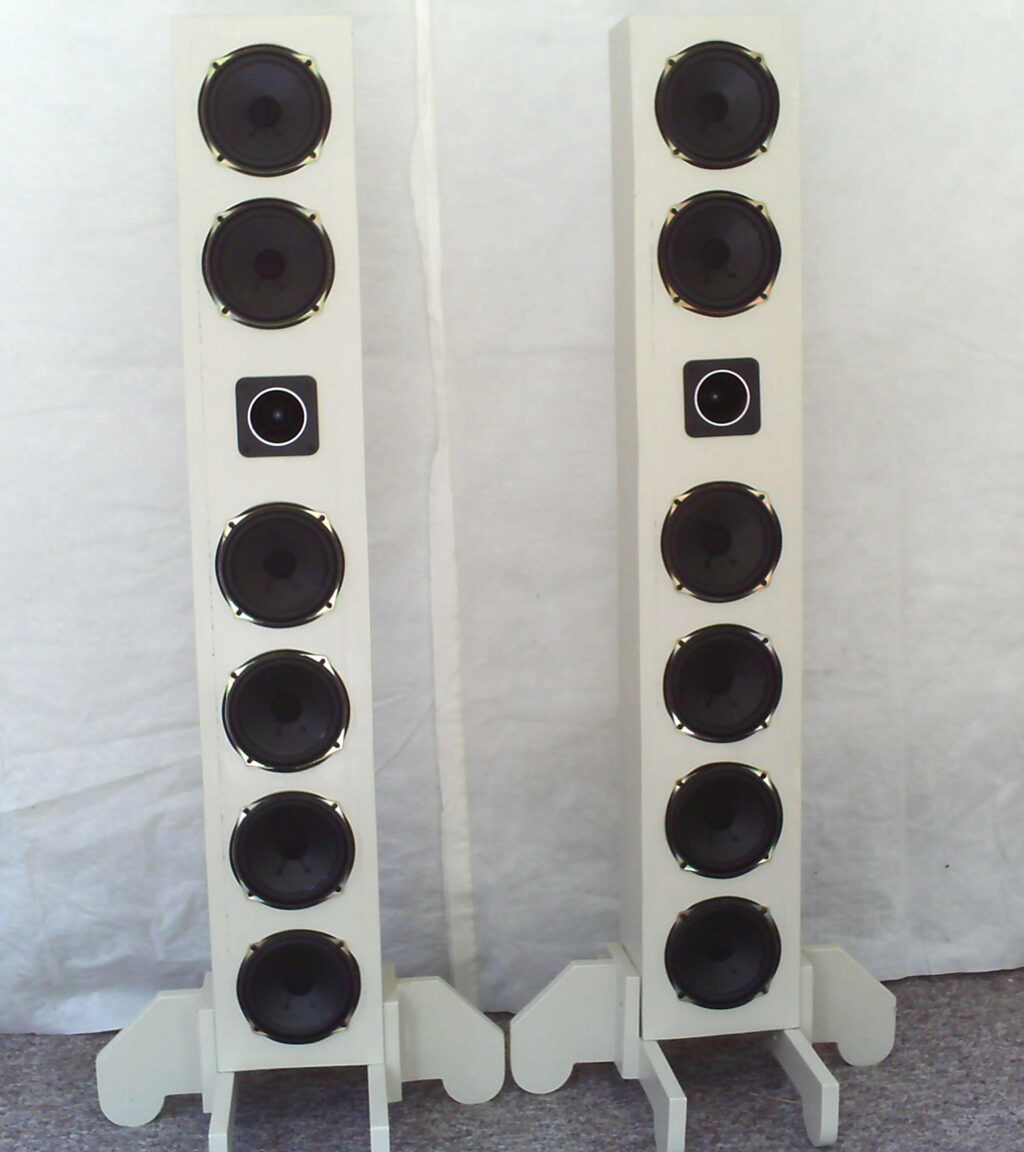
High Efficiency Line Array Speaker
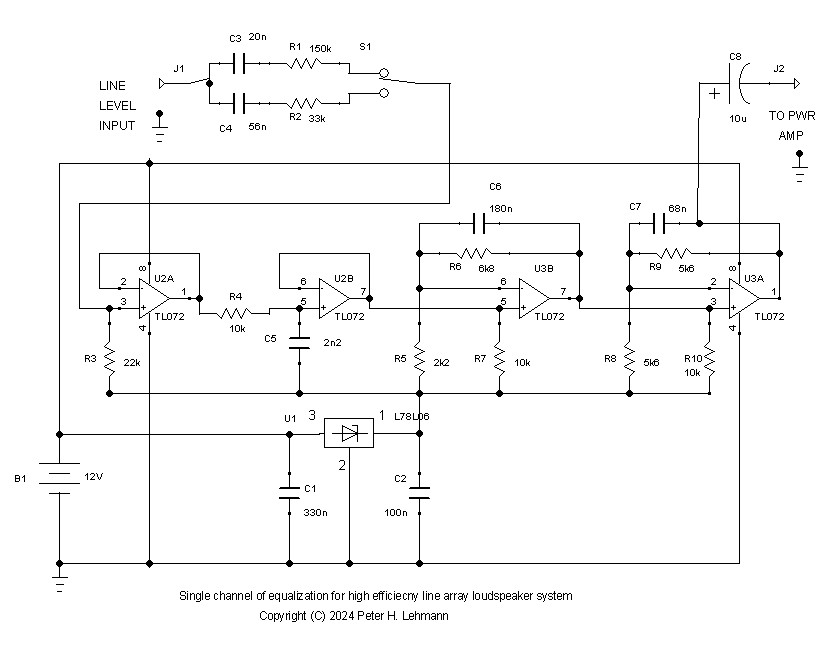
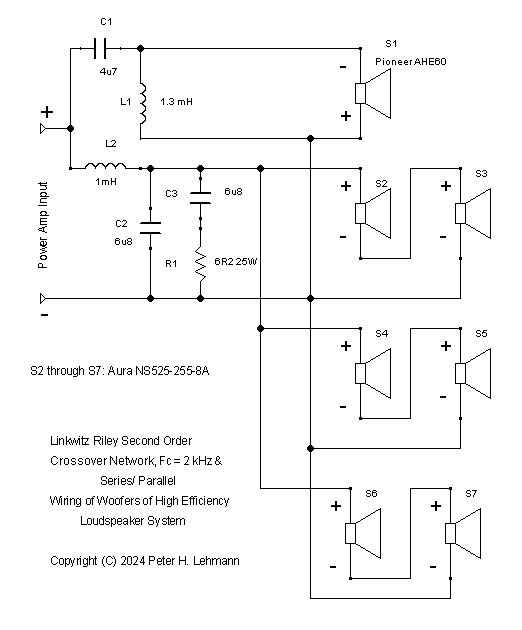
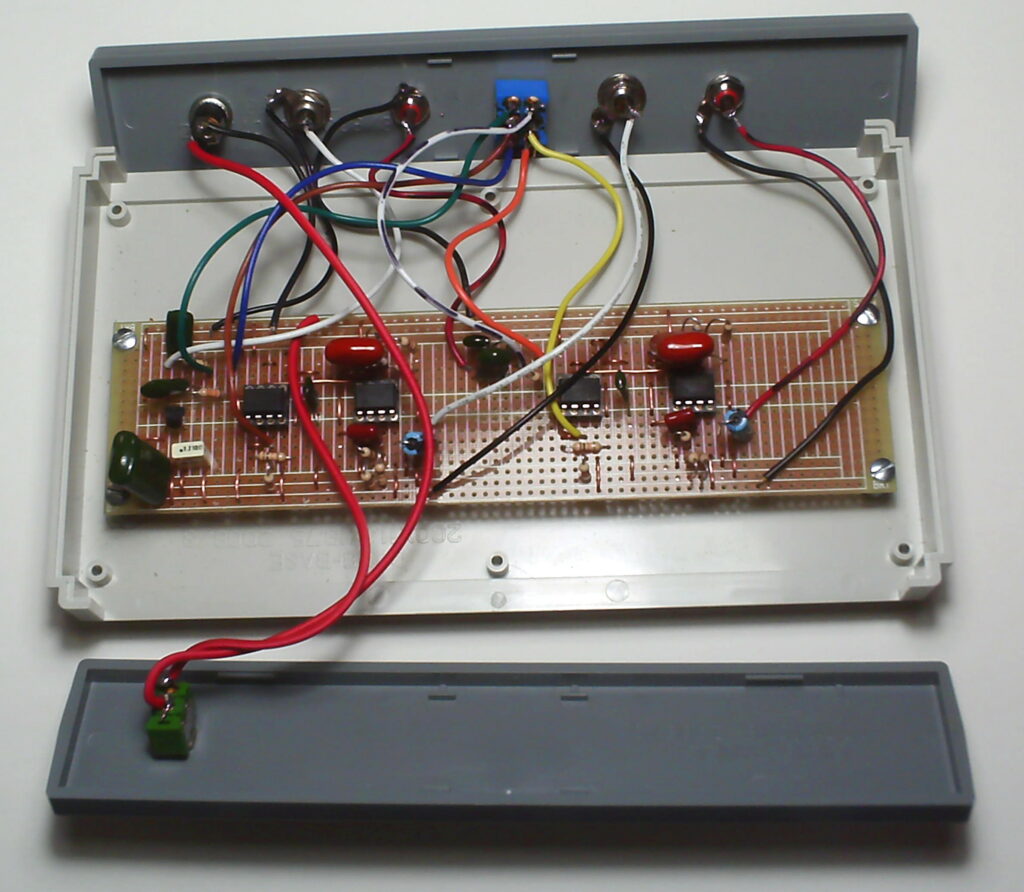
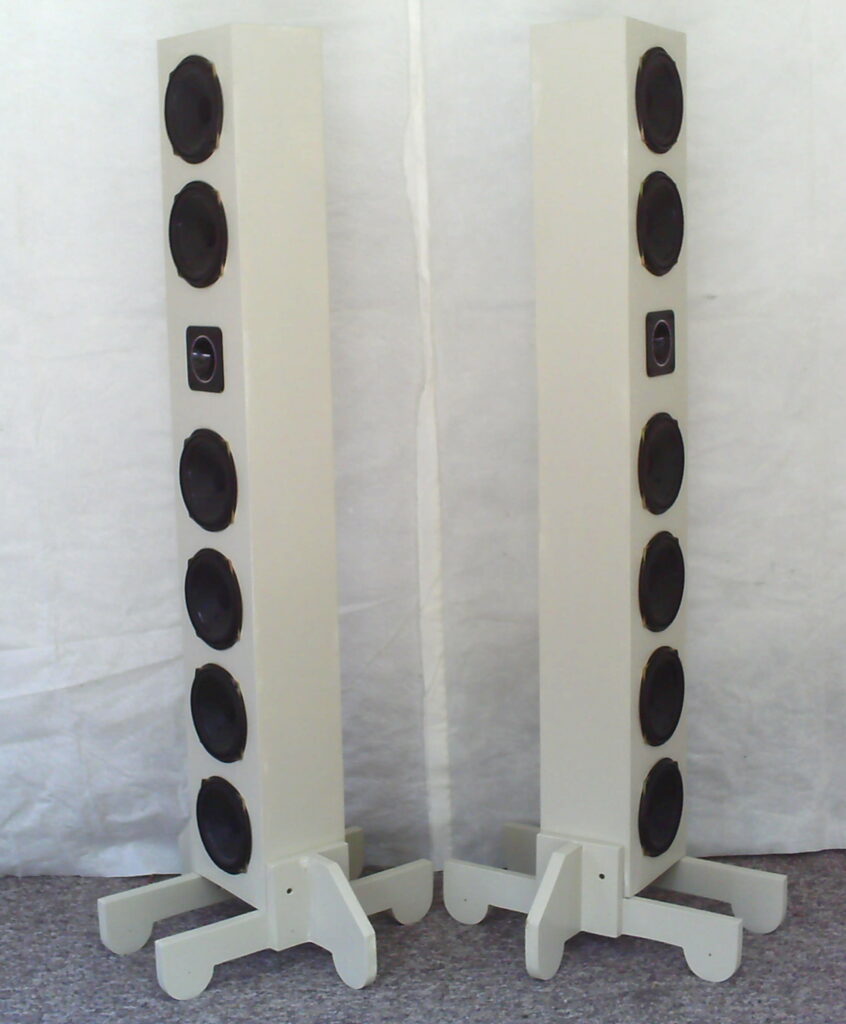
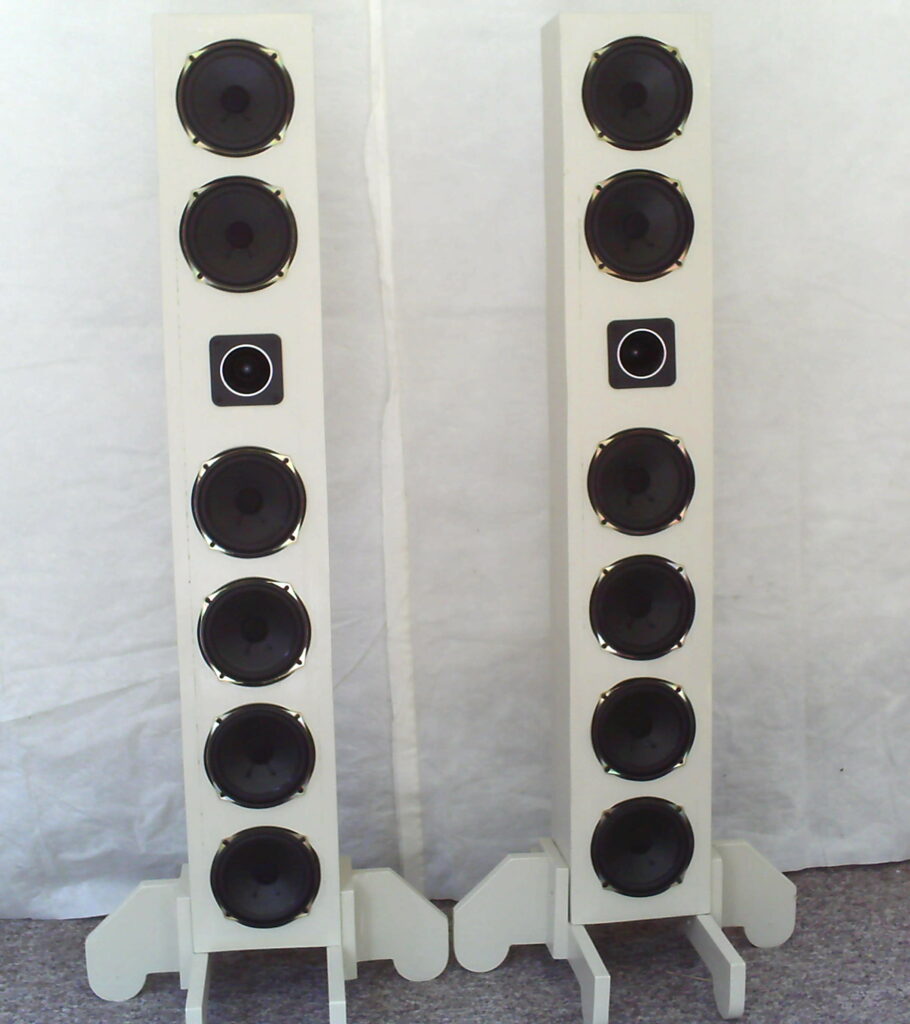
Designer:
Peter Lehmann
Project Category:
Tower Speakers
Project Level:
Intermediate
Project Time:
20+ Hours
Project Cost:
$100-$500
Project Description:
The possibly high efficiency of a line array makes it a good choice where the goal is to drive it with a Class D amp drawing as little current as possible from a 12V battery rated 12 AH. This design makes it possible to drive a pair of the speakers for up to about 12 hours before having to recharge the battery, where the level of reproduction is moderate.
This was basically a design exercise for me as I had several of a horn tweeter with (relatively high) sensitivity of 100 dB 1W/ 1m and multiple 5.25 inch woofers with sensitivity of 89 dB 1W/ 1m on hand. The woofers I had purchased some time ago very cheaply.
Connecting six of the woofers in a parallel/ series configuration results in sensitivity of the woofers approaching that of the single horn tweeter. Thus a two-way system approaches an efficiency of 100 dB 1W/ 1m. Restricting listening to a pair of the speakers near field results in diminishing of sound level of 3 dB per doubling of distance away from the pair, not as in far field equal to 6 dB.
So that the speakers wouldn’t be too heavy or bulky, the height of each speaker was limited to about 4 feet. Doing this severely restricts performance of the speaker in the low frequency range and I used a line level equalizer to compensate for this.
Design Goals:
- Combining woofers in a line array to get sensitivity of the array to match that of a horn tweeter with sensitivity 100 dB 1W/ 1m.
- The speakers shouldn’t be too heavy or high so that they could be relatively easily stored and moved.
- Getting about 12 hours total listening time between charges of a moderately sized 12V battery that is the power source for a class D amp driving the speaker pair.
Driver Selection:
N/A
Enclosure Design:
closed-box tower, Qtc = 1
Crossover Design:
N/A
Tips & Tricks:
For stability, the angle between a line connecting the resting point of the supporting feet to mid-height of the enclosure, and the side of the enclosure, should be at least 18 degrees.
Conclusion:
The equalization was very much needed to achieve balanced bass/ treble response. At the same time the equalization results in a distorted output if it is attempted to achieve very loud reproduction.
About the Designer:
Speaker building has been an avocational interest of mine off and on for several decades starting with a stereo system that I assembled for my sister before the Thiele Small equations were published.
Project Parts List:
| Part# | Description | Qty. |
| 310-307 | LP-2020AD class D stereo power amplifier | 1 |
| 260-540 | 1/8 inch speaker gasketing tape | 1 |
| 260-288 | rectangular speaker terminal cup | 2 |

+ There are no comments
Add yours